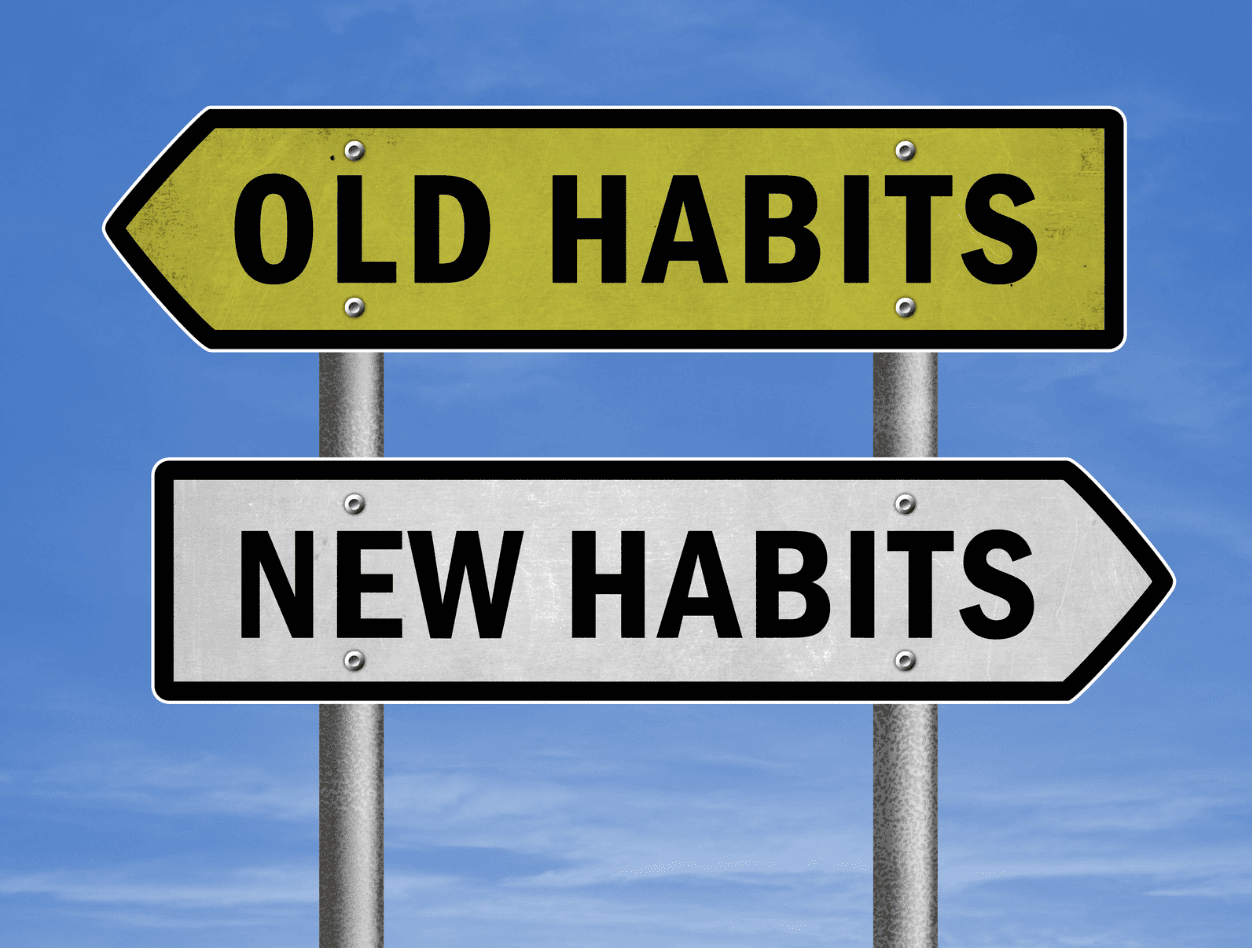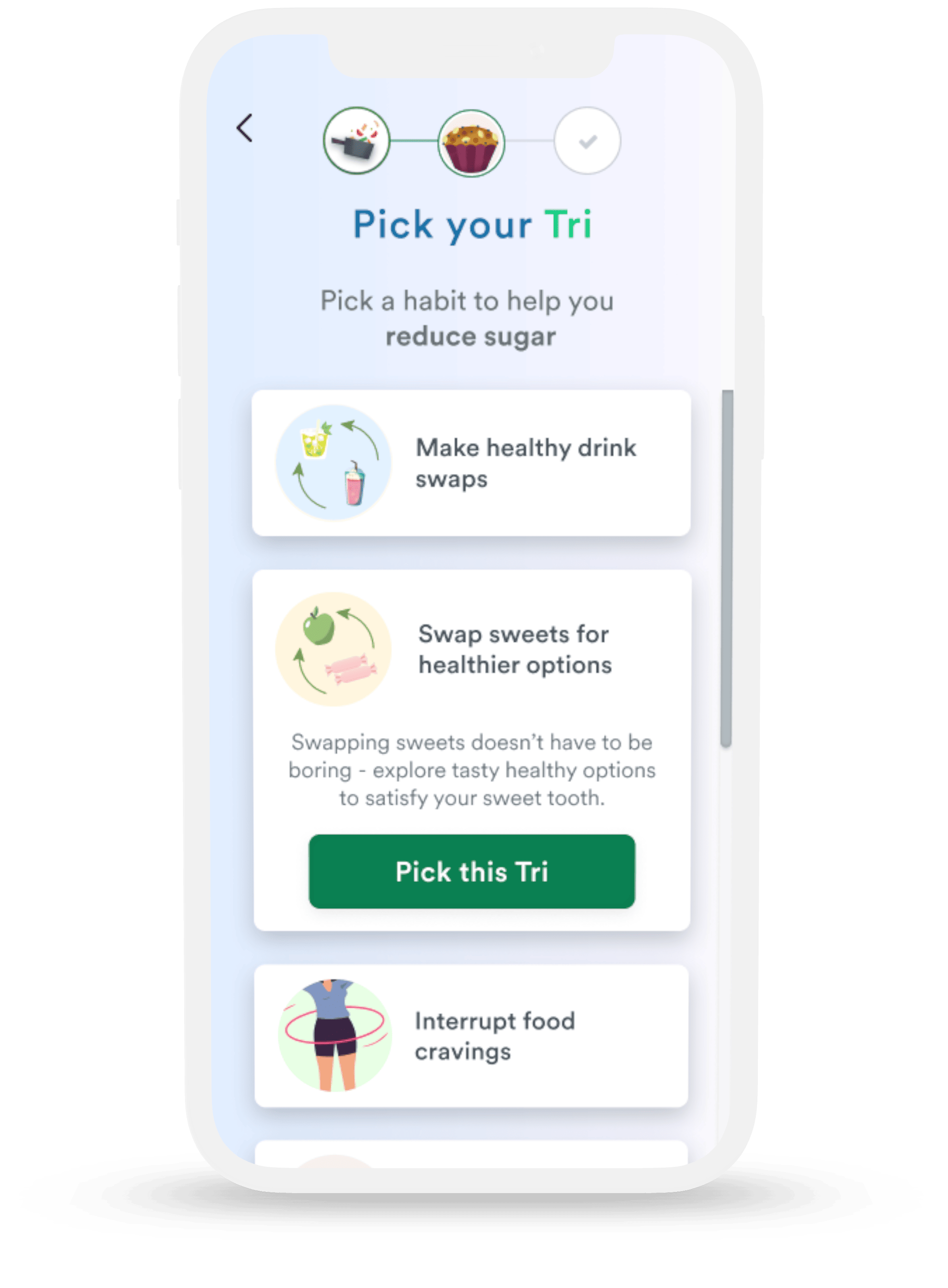The Science Behind Habit Formation
Our daily habits make up our lives. From brushing our teeth in the morning to walking our dogs after work and evening workout routines, our habits shape our behaviors and ultimately influence our overall wellness.
Have you ever wondered how and why we form habits and why some are harder to break than others? The answer is in your brain.
Let’s discuss the neuroscience behind habit formation and how you can harness your brain’s power to create new, healthier habits. Spoiler alert: it’s called the Iterative Mindset Method™.
How are Habits Formed?
To understand habit formation, we must first understand the brain’s reward and motivation systems. Dopamine, a “feel good” neurotransmitter, is the heart of our reward system1. When dopamine is released, we experience feelings of pleasure and satisfaction.
When we engage in activities that provide a pleasurable experience or fulfill a desire, like eating a delicious meal or receiving positive feedback at work, our brain releases dopamine. This reward signal reinforces the behavior that led to the pleasurable experience, encouraging us to repeat it in the future.
The Habenula and Habit Formation
On the flip side, the lateral habenula is responsible for motivation and avoidance – specifically, avoiding anything that feels negative or causes pain. We refer to the lateral habenula as the brain’s “motivation kill-switch,” which profoundly affects habit formation or the lack thereof.
Let’s say you decide to start a new exercise routine. On Monday, you go to the gym to lift weights and walk on the treadmill. The workout was hard – your muscles are sore when you wake up on Tuesday. Your brain is screaming at you because of your sore muscles, and it keeps you from working out on Tuesday. Now you feel like a failure. This experience creates a “habenula event,” meaning that you may be less motivated to exercise on Wednesday because your brain wants to protect you from feeling like a failure again2.
We call this the brain-behavior gap – the gap between what we want to do and what we actually do. Put differently, the lateral habenula blocks motivation to continue with a specific behavior when you feel you’ve failed or think you may fail again. It alters your brain’s dopamine flow when presented with negative experiences.
The Mindset Behind Habit Formation
When we experience or anticipate something pleasurable, neurons in the habenula fire. These neurons send signals to other parts of the brain that tell us to repeat the behavior that led to the enjoyable experience.
On the other hand, when we experience something painful, neurons in the habenula become less active. This decrease in activity sends signals to other parts of the brain that tell us to avoid the behavior that led to the painful experience.
In other words, our habenula motivates us to seek pleasurable experiences and avoid painful ones3.
Mindset training significantly impacts the lateral habenula and can help protect and preserve motivation. Mindset training refers to changing how you think about yourself, your abilities, and your experiences. When we attempt to change a thought process or behavior and fail, it’s usually not because we don’t have enough willpower to change.
It’s because the habenula is doing its job — defaulting to familiar and automatic habits to survive and remain in a protective state of mind. As old habits creep back in, we blame ourselves and question our worth, abilities, and willpower instead of recognizing that our brain is trying to protect us from a feeling of failure.
What is the Iterative Mindset Method™
The Iterative Mindset Method™ (IMM) is a neuroscience-backed method of building healthy habits. There are three steps to IMM.
Assessment
Assessment is simply checking in with yourself to get to the core of your “why” – assessment helps you gain clarity around why you want to form new habits.
What do you want to achieve? How do you want to feel?
You will come back to this step every day. It doesn’t have to be lengthy or in-depth, just a moment to reflect and center.
Iteration
Iteration is the process of tweaking, adjusting, or changing an element of your behavior or environment based on that day’s assessment.
For example, suppose you want to take your lunch to work with you on Tuesday instead of hitting a drive-thru. When you wake up, you decide you don’t have time to pack a lunch, so you leave without it, forcing you to need to eat fast food again.
An iteration would be to pack your lunch the night before so you only need to grab your lunchbox when you’re running out of the house.
Practice
Now, you need to put that into practice. Each night this week, pack your lunch so it’s ready for you in the morning.
Practice is the part that actually builds habits. Habits strengthen the same way your muscles do; if you keep at it, those habits will become stronger.
Then we’re back at assessment. Is this new habit working? Does it need any tweaking? Would weekend meal prep make this even easier?
Habit Formation Using the Iterative Mindset Method™
The Iterative Mindset Method™ is backed by neuroscience. This test-and-practice mindset empowers you to keep forming new habits no matter your obstacles or setbacks. Those are all part of the process.
IMM helps you form automatic habits and learn to live a healthy lifestyle while becoming more resilient and feeling powerful and unstoppable.
No matter the healthy habits you hope to incorporate into your life, you can practice and tweak your way to success.
If iteration sounds like the solution to simplicity on your wellness journey, Fresh Tri’s healthy habit and motivation app might be a perfect fit for you. Download the app for free!
References
- Matsumoto, M., & Hikosaka, O. (2007). Lateral habenula as a source of negative reward signals in dopamine neurons. Nature, 447(7148), 1111–1115. https://doi.org/10.1038/nature05860
- Sosa, R., Mata-Luévanos, J., & Buenrostro-Jáuregui, M. (2021). The Role of the Lateral Habenula in Inhibitory Learning from Reward Omission. ENeuro, 8(3). https://doi.org/10.1523/ENEURO.0016-21.2021
- Matsumoto M, Hikosaka O. Lateral habenula as a source of negative reward signals in dopamine neurons. Nature. 2007 Jun 28;447(7148):1111-5. doi: 10.1038/nature05860. Epub 2007 May 23. PMID: 17522629.













